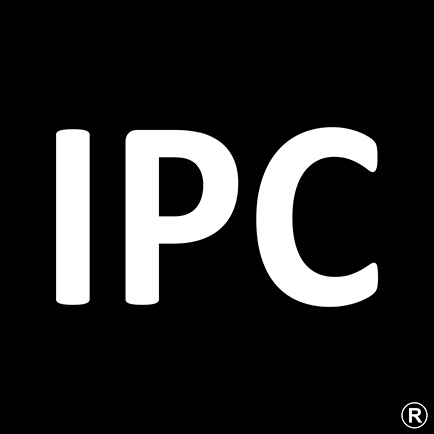When it comes to the manufacture of PVC products, there are two main processes: injection-moulding and extrusion. Choosing which method to use will depend on what it is that you intend to make.
For example, if you are going to manufacture soft tubes for medical applications, then flexible PVC extrusion will be the way to go. However, rigid PVC injection moulding is the best option if you want to produce pipe or electrical fittings.
Let us take a look at the two main approaches to see how they differ.
Extrusion
Extrusion is a process whereby molten polymers are fed through a specifically shaped hole in a metal die, yielding a continuous shape. This process can be compared conceptually to squeezing toothpaste out of a toothpaste tube. Once the molten plastic has been fed through the die, the resulting extrusion is cooled, whereupon it hardens and can be cut to the required size.
Various shape profiles can be extruded, be they flat ribbons, spherical rods, hollow tubes, or fine strands. The resulting products are typically things like PVC pipes, tubes, seals or gaskets.
The upside of extrusion is that the final product does not require any additional processing or polishing to remove imperfections. The downside, however, is that extruded products need to be cut to size and frequently require further assembly to create finished products.
Injection
When polymers are melted and injected into prefabricated moulds, a singular solid shape can be produced. This process is known as injection moulding.
The molten polymer must be injected under pressure to completely fill the mould cavity, whereafter, it is cooled so that it can harden. Once it has hardened, the mould is split open to release the newly fabricated shape. When molten metal is injected into a mould to accomplish the same thing, the process is known as molten die-casting.
The advantage of injection moulding is that virtually a limitless variety of intricate shapes can be produced. Additionally, the finished item needs very little post-processing and is very strong and solid. The drawback is that the seams where the mould splits sometimes need to be filed off to give the finished product a smooth finish.
The upfront design and manufacture of the mould can be expensive, which is one of the factors that must be taken into account when performing injection moulding. However, once the mould is made, the process of injection moulded products is swift and cost-effective.
Here at IPC, we do it all. Whether it is for rigid or flexible PVC extrusion or injection, we can supply any flexible or rigid PVC compound you need. Contact us today to find out more.


